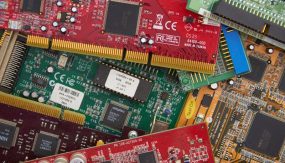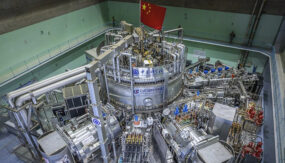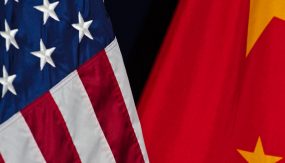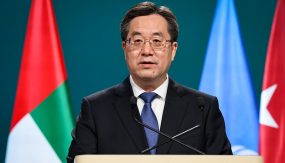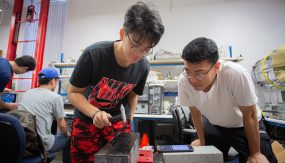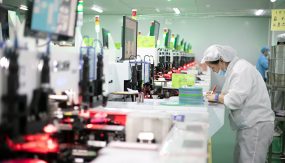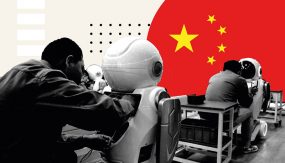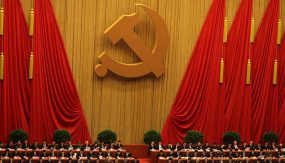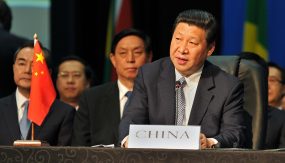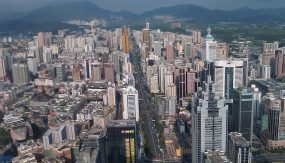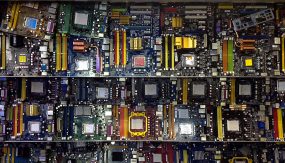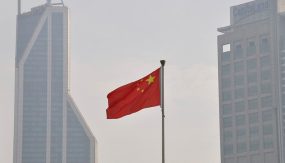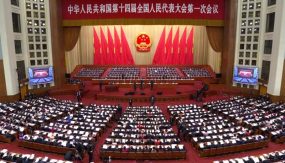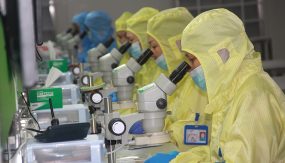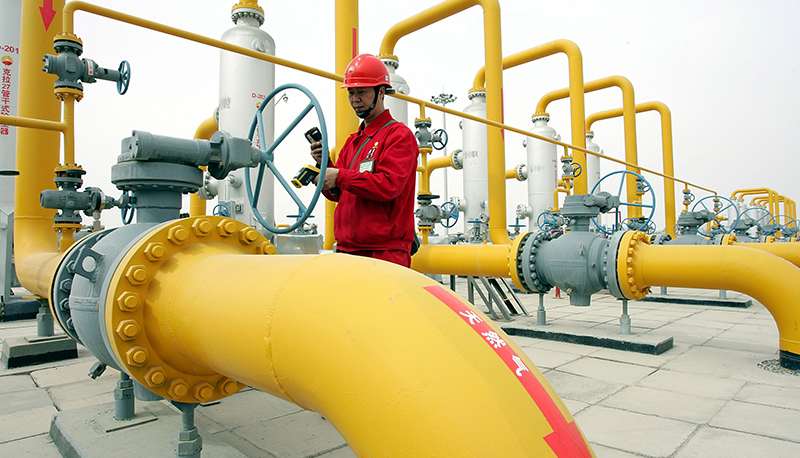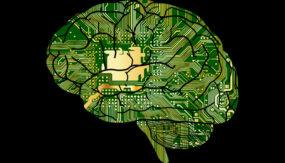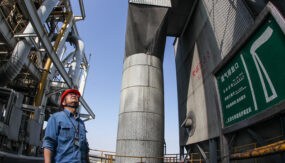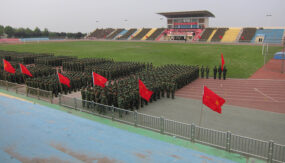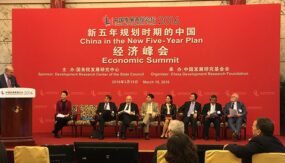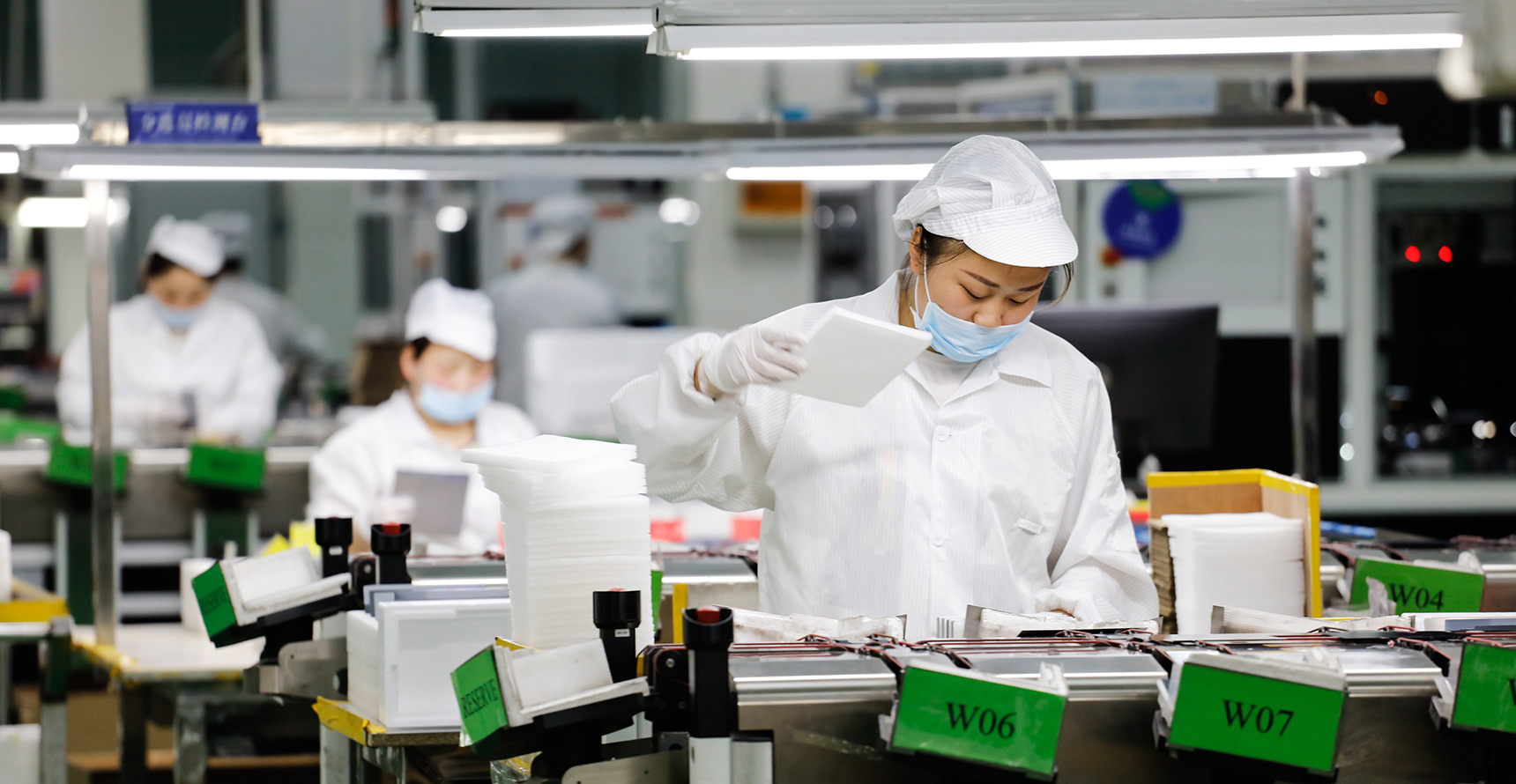
China Science, Technology, Innovation, and Industrial Ecosystems
China’s rise as an advanced technological, innovation, and industrial powerhouse is one of the most profound developments in the reshaping of the 21st century global economic and technological order, with far-reaching implications for the economic competitiveness and national security of the United States and the rest of the world. But China’s science, technology, and innovation (STI) policies and plans are not well understood. Beijing’s policy environment is increasingly opaque and its policy implementation processes complex and decentralized. Low- and middle-income countries (LMICs)—who are most impacted by China’s policies—lack the information necessary to identify, advocate for, and implement appropriate responses.
The Chinese Science, Technology, Innovation, and Industrial Policy (STIIP) program, implemented by the UC Institute on Global Conflict and Cooperation (IGCC), is a three-year research and engagement program aimed at bridging this knowledge gap. STIIP rigorously maps the evolution and operation of the Chinese STI policy architecture, bringing transparency to the Chinese STIIP system as a whole and highlighting critical areas such as financial flows, implementation mechanisms, and the relationship between key organizations and individuals.
The program is led by Tai Ming Cheung and Barry Naughton. Research partners include the Mercator Institute for China Studies (MERICS), the largest European research institute focused on contemporary China, and the Rhodium Group’s China research team. The program also pools resources from a diverse global network that includes the Center for Security and Emerging Technology (CSET), the UC San Diego 21st Century China Center, and organizations in Latin America, Africa, and South Asia.
Key Facts
Principle Investigators: Tai Ming Cheung, Barry Naughton
Related Researchers: Jimmy Goodrich, Yujing Yang, Siwen Xiao, Yaosheng Xu
Project Dates: December 2021 - June 2025
Research Themes: China and the Indo-Pacific, China Innovation and Industrial Policy
Funders: U.S. Department of State
Related Work
China’s Competitive Model for Strategic Science, Technology, and Innovation Development
Tai Ming Cheung
Report / November 19, 2025
Introducing the China Policy Document Navigator
Barry Naughton and Young Yang
Interview / October 03, 2025
Back to the Future: The Rise of Militarization in China in the 2020s
Tai Ming Cheung
Policy Brief / May 19, 2025
Beyond the Headlines on DeepSeek’s Sputnik Moment: A Conversation with Jimmy Goodrich
Jimmy Goodrich
Interview / February 12, 2025
China Is Making a Play for Global Techno-Security Leadership—Here’s How the U.S. Should Respond
Tai Ming Cheung
Blog / October 23, 2024
Reading the Tea Leaves on China’s New Central Science and Technology Commission
Jimmy Goodrich
Blog / September 25, 2024
China’s AI Development Model in an Era of Technological Deglobalization
Rebecca Arcesati
Policy Brief / May 02, 2024
China’s Endless Frontier: “Organized Scientific Research” and the Quest for Technological Self-Reliance
Michael Laha
Policy Brief / April 30, 2024
The Accelerator State: Small Firms Join the Fray of China’s Techno-Industrial Drive
Alexander Brown
Policy Brief / April 29, 2024
The Communist Party’s Steering of China’s Science, Technology, and Innovation System: Aspirations and Reality
Anna L. Ahlers
Policy Brief / April 05, 2024
Huawei is Quietly Dominating China’s Semiconductor Supply Chain
Antonia Hmaidi
Policy Brief / April 05, 2024
(Re)Centralization: How China is Balancing Central and Local Power in Science, Technology, and Innovation
Siwen Xiao and Yaosheng Xu
Policy Brief / March 25, 2024
Guangdong’s New R&D Institutes: China’s Regional Tool for Innovation and Technology Transfer
Marcus Conlé
Policy Brief / March 21, 2024
Decoding China’s Technology and Industrial Policy: Seven Terms You Need to Know
Barry Naughton, Siwen Xiao, et al
Policy Brief / March 20, 2024
Whole-of-Nation Innovation: Does China’s Socialist System Give it an Edge in Science and Technology?
Jeroen Groenewegen-Lau
Policy Brief / February 29, 2024
How Government Intervention is Transforming China’s Industrial Economy
Barry Naughton
Policy Brief / February 27, 2024
National Strategic Integration: How China Is Building Its Strategic Power
Tai Ming Cheung
Policy Brief / October 26, 2023
China’s Push for Precision Medicine: Lessons for Science and Industrial Policies
Larry Au
Working Paper / September 27, 2023
Reorganization of China’s Science and Technology System
Barry Naughton, Tai Ming Cheung, et al
Working Paper / August 22, 2023
The Trajectory of China’s Industrial Policies
Barry Naughton, Siwen Xiao, et al
Working Paper / June 02, 2023
The Innovation Chain: China’s Strategy to Become a Science and Technology Superpower
Jeroen Groenewegen-Lau and Michael Laha
Report / May 05, 2023
China’s Uncharacteristic Approach to Artificial Intelligence (AI) Development
Jeffrey Ding
Blog / February 03, 2023
Domestic Incentives and the Internationalization of Chinese Manufacturing in Clean Tech
Ilaria Mazzocco
Working Paper / February 01, 2023
Trailing—or Governing—the Market? Two Decades of Industrial Policy for China’s Solar Sector
Jonas Nahm
Working Paper / January 04, 2023
The EDA Chokepoint Dilemma? Openness, Oligopolies, and China’s Ecosystem
Jan-Peter Kleinhans
Working Paper / December 09, 2022
How Does China’s Industrial Policy Support Specific Sectors?
Barry Naughton, Tai Ming Cheung, et al
Policy Brief / November 08, 2022
China and the U.S. Compete for Global Techno-Security Dominance
Tai Ming Cheung
Policy Brief / July 15, 2022
China’s Roadmap to Becoming a Science, Technology, and Innovation Great Power
Tai Ming Cheung, Barry Naughton, et al
Report / July 12, 2022
The Chinese Science and Technology Planning Sub-System: Process and Organization
Siwen Xiao, Yaosheng Xu, et al
Report / July 06, 2022
